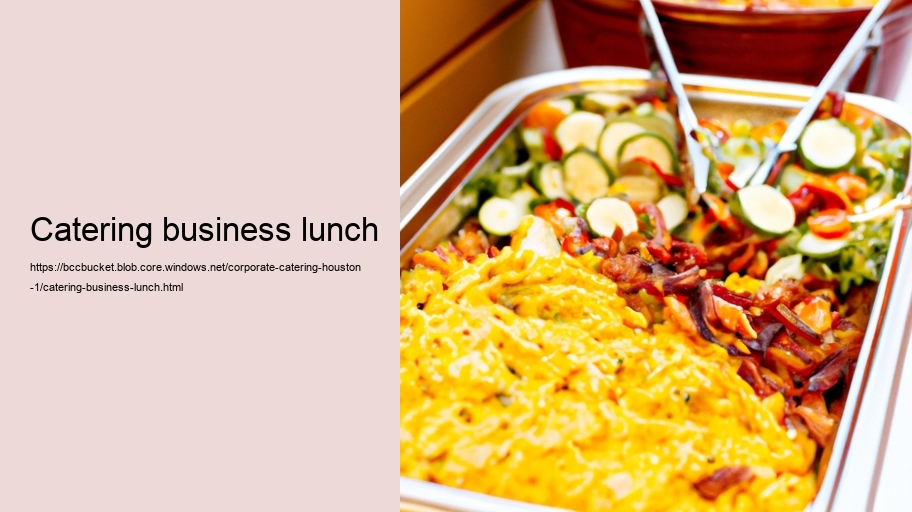A Catering Business Lunch: The Recipe for Successful Corporate Events
In the bustling landscape of modern corporate culture, a business lunch is more than just a midday meal—it's an integral part of networking, deal-making, and team building. As companies strive to foster relationships and impress clients, the demand for exceptional catering services has surged, transforming simple luncheons into carefully orchestrated events. This essay explores the importance of professional catering in crafting a business lunch that not only satiates appetites but also contributes to the success of corporate objectives.
To begin with, the role of a catering company in a business lunch cannot be overstated. These culinary architects are tasked with creating an ambience that reflects both professionalism and hospitality. A caterer must balance multiple elements: sumptuous food, impeccable service, and an environment conducive to conversation and collaboration. It is this trifecta that can elevate a mundane meeting into an engaging and memorable experience.
The first course in our exploration is the menu selection—arguably the heart of any catering endeavor. A well-planned menu caters to diverse palates while maintaining sophistication and quality. From farm-to-table freshness to global cuisine fusion, caterers must anticipate dietary restrictions and preferences without compromising on taste or presentation. The ideal business lunch menu tantalizes taste buds without leaving attendees lethargic for afternoon commitments—a delicate dance between hearty and light fare.
Beyond gastronomy lies presentation; it speaks volumes about attention to detail and brand image. Each element—from linen colors to flatware placement—is meticulously arranged to enhance visual appeal and reflect corporate identity. An elegant tablescape can set the tone for discussions; it implies care and thoughtfulness that subtly influences guests' perceptions of their hosts.
Exceptional service is another ingredient in this recipe for success—unobtrusive yet attentive waitstaff are essential for maintaining flow during conversations or presentations. Professional caterers train their teams to read room dynamics so they can respond promptly without disrupting proceedings—a refill here or cutlery replacement there executed with ninja-like precision.
Moreover, timing plays a pivotal role in ensuring everything runs like clockwork; courses delivered too rapidly may rush guests while slow service might hinder schedules. Caterers adept at synchronizing watches with event itineraries help maintain momentum throughout the affair.
Business lunches often serve as platforms for presenting ideas or closing deals; hence flexibility from caterers is crucial when unexpected changes occur—be it guest count adjustments or last-minute menu alterations due to unforeseen allergies or preferences. Adaptable caterers who think on their feet become invaluable partners rather than mere vendors.
Sustainability has also emerged as an essential consideration within catering circles—environmentally conscious businesses increasingly seek providers who prioritize local sourcing, waste reduction, and eco-friendly practices such as compostable tableware or carbon-neutral delivery options.
In conclusion, catering a business lunch transcends providing sustenance—it's about creating experiences that support corporate goals by fostering connections through culinary excellence reinforced by aesthetic craftsmanship and flawless execution. When done right, these meals leave lasting impressions long after dessert has been cleared away; they're opportunities seized where partnerships are nurtured over shared plates—a true testament to how breaking bread together remains one of humanity's most fundamental unifiers even amidst our digital age’s relentless pace.
